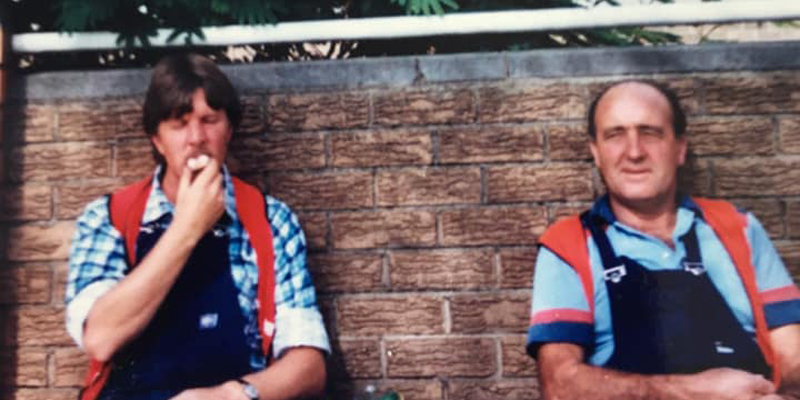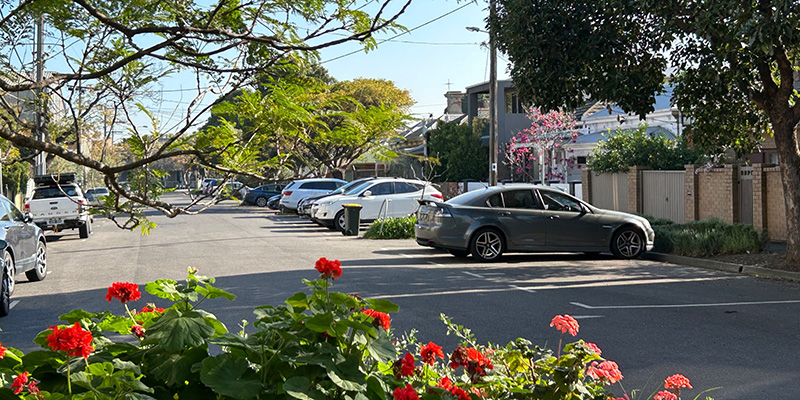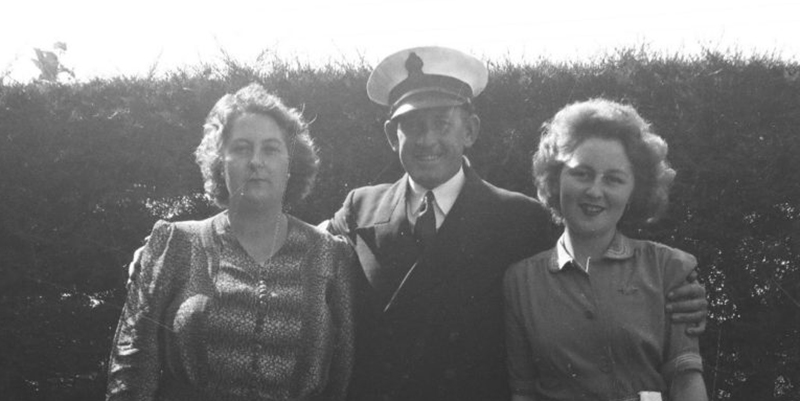‘Anger at City Gateway Eyesore’
It is not the first time in Port Melbourne’s history that the entry to Melbourne from Port Melbourne has been described in these terms.
In 1929, the Metropolitan Town Planning Commission report described ‘this approach to Melbourne is a drab and shabby one which has been the subject of criticism by visitors as well as by citizens.’ Their proposed solution was a major highway to Melbourne from the Piers.

In 1934 Victoria celebrated the centenary of European settlement in grand style. Prince George was to have represented his father King George V. However his engagement to Princess Marina of Greece and Denmark meant that his brother Prince Henry, Duke of Gloucester, came to Australia instead.
The Royal Visit led to concern about where the party would land and how they would be conveyed to Melbourne. St Kilda believed that the Prince should land at their pier and make his way to the City along Melbourne’s grand boulevard, St Kilda Road. Port Melbourne argued that their piers were the gateway to Melbourne and it was fitting that the Prince should be landed there.
The argument raged back and forth during the early part of 1933 with the foreshore at Port Melbourne considered a dreary wasteland and not beautiful enough to welcome a member of the Royal Family. A grand Centenary Boulevard via Williamstown Road or Beaconsfield Parade was proposed but was abandoned by September 1933 when the Chief Commissioner of Railways, Mr H Clapp, pointed out that a level crossing was inappropriate for the amount of rail traffic accessing Station & Princes Piers at Port Melbourne.
With the Centenary Boulevard proposal a non-starter, an earlier possibility of a bridge was revived and The Record, 23 Dec 1933, reported that 12 designs for a bridge at Port Melbourne had been proposed. The cost would be £60,000 with MHT prepared to meet ⅔ of the cost if the Government found the remaining ⅓ and vested certain land to the MHT.
‘Overhead Bridge at Station Pier’
By February 1934 work had begun on the bridge. In May, the MHT requested PMC to pay for roadworks in connection with Centenary Bridge. Council refused claiming that the MHT had changed the alignment of the road without consultation and therefore it was not Council’s responsibility.
Things seemed to be looking up in June when an ad in The Record stated ‘Make a bee(r) line for The London Hotel right at the foot of the new bridge’. June and July, however, also saw further correspondence between Port Council and the MHT regarding the roadworks with the issue now deadlocked and neither party wishing to take responsibility for the costs.
At least one issue had been resolved. In April it was confirmed that Prince Henry would land at Port Melbourne. The Mayor of St Kilda, Cr Burnett Gray sent a personal letter of congratulations to Port Melbourne Council.
The Prince disembarked from the Sussex at Princes Pier on 18 Oct 1934. A reception by Port Melbourne Council was planned at Stokes Street before he would be driven along Beaconsfield Parade to St Kilda, then up Fitzroy Street and along St Kilda Road to the Melbourne Town Hall.
By the 1950s, complaints began anew. Sir James Kennedy, Minister for Public Works, said that ‘it was hard to imagine anything more depressing than Port Melbourne for a first sight of the city. Port Melbourne is the first part of Victoria the visitor from abroad sees from a ship.’
There are many further chapters in this theme.
Sources and further information
1Herald Sun Tuesday April 5, 2016 p1
Thanks to David Thompson for his article on Centenary Bridge on artdecobuildings.blogspot.com from which this post is drawn
Port foreshore – as it is and as it will be Argus, Friday March 31, 1950 p7



